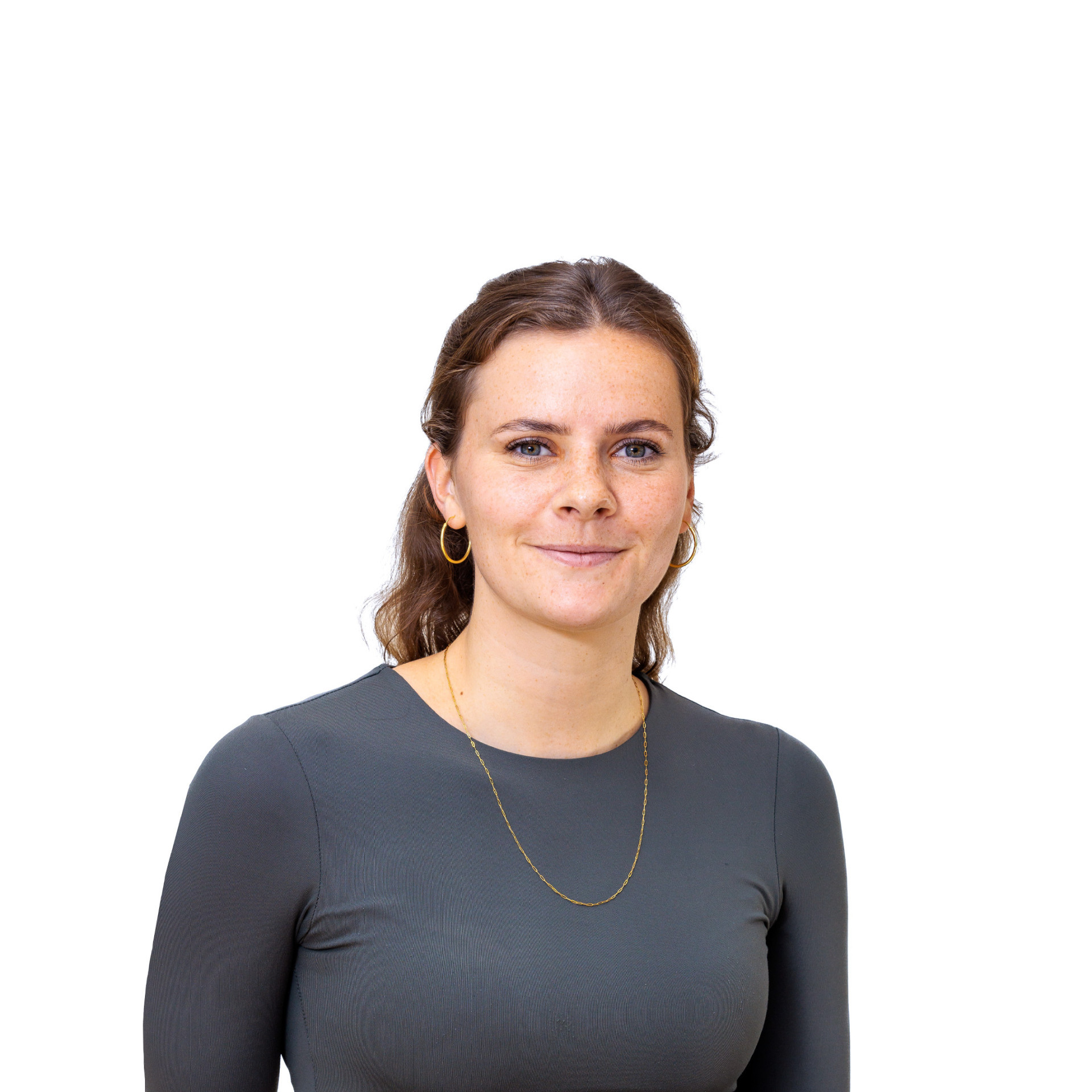Group leader: Dr. Mirjam Belderbos
Hematopoietic stem cells
Hematopoietic stem cells (HSCs) are responsible for the production of all mature blood cell types throughout life, generating billions of mature blood cells each day. Aside from their role in homeostatic hematopoiesis, HSCs are crucial to regenerate the hematopoietic system upon myeloablative challenge, such as chemotherapy or transplantation.
Single-cell analysis of bone marrow regeneration in humans
To understand how a relatively small number of HSCs (re-)generate the entire hematopoietic system, our group integrates state-of-the-art single cell methods with clinical data and primary patient samples. The lab is currently investigating how transplanted HSCs regenerate each of the blood lineages, and whether/how transplantation affects the composition and functional integrity of the stem cell pool. In addition, we aim to determine how common transplantation-related exposures, such as proliferative stress, inflammation and ageing, affect stem cell function. Technologies used include single-cell RNA sequencing, CITE-seq, RNAFlex, and spatial transcriptomics. Understanding how transplanted HSCs regenerate the hematopoietic system is relevant to improve the outcome of HCT and will contribute to stem cell-based theraies in general.
Long-term integrity of hematopoiesis in stem cell transplantation survivors
HCT is the first and most commonly applied type of stem cell therapy in humans. Every year, over 40.000 patients undergo HCT, as a curative therapy for various diseases, including high-risk leukemia. Due to improved treatment protocols, the number of HCT survivors and their life expectancy continue to increase. It is yet unknown how tranplanted HSCs maintain their life-long integrity. To address this question, our lab leads an ongoing clinical/translational trial in long-term HCT survivors. By integrating clinical data and molecular features of hematopoiesis in these patients, we aim to define critical determinants that guide HSC longevity after HCT, which might be targeted therapeutically.
Origins of pediatric bone marrow failure and myelodysplasia
Our group also focuses on the origins and mechanisms of HSC dysfunction in pediatric bone marrow failure. Using single-cell sequencing strategies, we aim to define which hematopoietic cell populations are involved in the pathogenesis of bone marrow failure and myelodysplasia, and characterize the genomic pathways active within these cells. Ultimately, we envision that this will contribute to novel strategies to predict the occurrence of bone marrow failure/myelodysplasia, allowing for targeted intervention and preventive measures.
Grants
- How is blood (re-)made? Regeneration of human hematopoietic stem cells after transplantation (RESTART) - European Research Council (2024-2029).
- Single-cell multiomics to dissect the impact of donor source on hematopoietic regeneration in human recipients - Landsteiner Foundation (2024-2029).
- Determinants of clonal expansion in steady-state and stress hematopoiesis across the human lifespan - NWO Open Competition Medium, in collaboration with Joop Jansen, Radboud University Nijmegen (2023-2027).
- Can stem cells live 130 years? Long-term hematopoietic integrity in pediatric transplantation survivors - KiKa (2021-2025).
- Population dynamics of blood in human hematopoietic stem cell transplantation recipients - European Hematology Associaton Physician Scientist Grant (2020-2024).
- Tracing the clonal dynamics of human hematopoiesis using single-cell analysis of genomic mutations (with Van Boxtel group) - NWO Veni (2020-2024).
Awards - EBMT Basic Science Award to Konradin Müskens (2025) - News article
- Swammerdam Award, Dutch Society for Hematology (2022) - News article
2. De Kanter JK, Peci F, Bertrums E, Rosendahl Huber A, van Leeuwen A, van Roosmalen MJ, Manders F, Verheul M, Oka R, Brandsma AM, Bierings M, Belderbos M, van Boxtel R: Antiviral treatment causes a unique mutational signature in cancers of transplantation recipients. Cell Stem Cell 2021;28(10):1726-1739.
3. KIR3DS1 directs NK-cell-mediated protection against human adenovirus infections. Science Immunol. 2021;6(63):eabe2942.
4. Middelkamp S, Manders F, Peci F, van Roosmalen MJ, González DM, Bertrums EJM, van der Werf I, Derks LLM, Groenen NM, Verheul M, Trabut L, Pleguezuelos-Manzano C, Brandsma AM, Antoniou E, Reinhardt D, Bierings M, Belderbos ME, van Boxtel R: Comprehensive single-cell genome aalysis at nucleotide resolution using the PTA analysis toolbox. Cell Genom. 2023;3(9):100389.
5. Belderbos ME, Koster T, Ausema B, Jacobs S, Sowdagar S, Zwart E, de Bont E, de Haan G, Bystrykh LV.: Clonal selection and asymmetric distribution of human leukemia in murine xenografts revealed by cellular barcoding. Blood. 2017 Jun 15;129(24):3210-3220.
Our team
Our group consists of a multidisciplinary team, with wet-lab biologists, bioinformaticians and clinical researchers. The group is led by dr. Mirjam Belderbos, MD, PhD. Next to her scientific activities, dr. Belderbos works as a pediatric oncologist in hematopoietic stem cell transplantation. Core values in our group are collaboration, curiosity and clinical impact.














